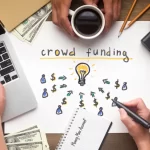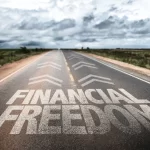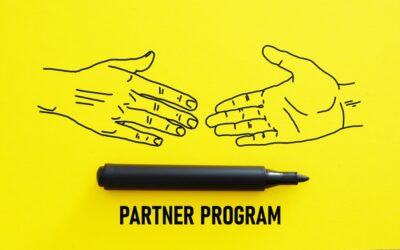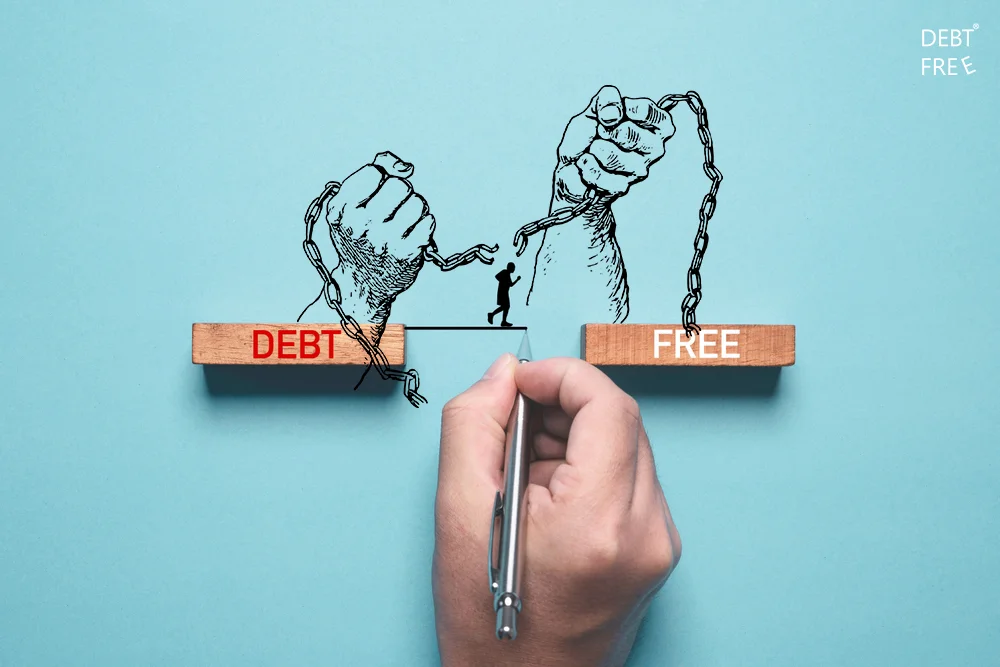

Are you ready to transform your financial future? With the Debt Relief Program, you can settle your debt and pave the way to lasting wealth. By utilizing innovative tools like the Money Max Account by United Financial Freedom, a cutting-edge FinTech solution, you can take control of your finances and watch your burdens lift. This program has eliminated over $2.7 billion in debt since 2004, proving that debt isn’t an insurmountable challenge.
Imagine being able to eliminate all your total debt, including your mortgage, personal loans, credit card debt, and even student loans, in as little as 5 to 7 years! Don’t let enrolled debt dictate your living situation. Take the first step toward a fast financial makeover and find your GPS to success with trusted debt settlement companies. You can convert your financial anxiety into freedom and earn a stress-free life!
As we approach 2025, understanding the various debt relief options available for credit card balance has never been more crucial. With rising economic challenges and high-interest rates, many individuals find themselves navigating the complexities of card debt. This article serves as a comprehensive guide to exploring different avenues for debt relief, helping you gain freedom and work towards a debt-free future.
Debt Relief Options Available in 2025
Debt Settlement: How It Works
Debt settlement is a strategic approach that involves negotiating with creditors to significantly reduce the total amount of debt owed. In this process, consumers typically stop making payments to creditors and save money in a dedicated account until they accumulate enough to propose a lump-sum settlement. While this method can lead to substantial savings, it carries inherent risks, such as potential damage to your credit score and legal action from creditors if not handled properly. It’s crucial for consumers to understand that fees for debt settlement services can range from 15% to 25% of the settled amount, and forgiven debt may be subject to taxation. Therefore, thorough research and a comprehensive understanding of the implications are essential before pursuing debt settlement as a viable debt relief option.
Debt Consolidation Loans Explained
Debt consolidation involves taking out a new loan to pay off multiple existing debts, effectively uniting them into a single monthly payment. This strategy can simplify the repayment process and potentially lower the interest rates on your overall debt. Various options for debt consolidation exist, including personal loans, home equity loans, and balance transfer cards. While consolidation can enhance cash flow and make payments more manageable, it’s vital to weigh the associated fees, interest rates, and the risk of accruing additional debt if spending habits do not change. Successfully navigating debt consolidation can lead to improved credit scores over time as debts are systematically paid off, paving the way to debt freedom.
National Debt Relief Programs
National debt relief programs encompass a range of services tailored to assist consumers in managing and reducing their debt effectively. These programs often include credit counseling, debt management plans, and debt settlement services, typically facilitated by nonprofit organizations focused on providing education and support to individuals grappling with debt. Participants in these programs may benefit from lower interest rates and waived fees, which can significantly ease burdens. However, understanding the terms and commitments involved is crucial. Additionally, government-backed programs may offer extra resources for those facing significant hardship, ensuring that consumers have access to the tools necessary for debt relief and long-term stability.
Choosing the Right Debt Relief Company
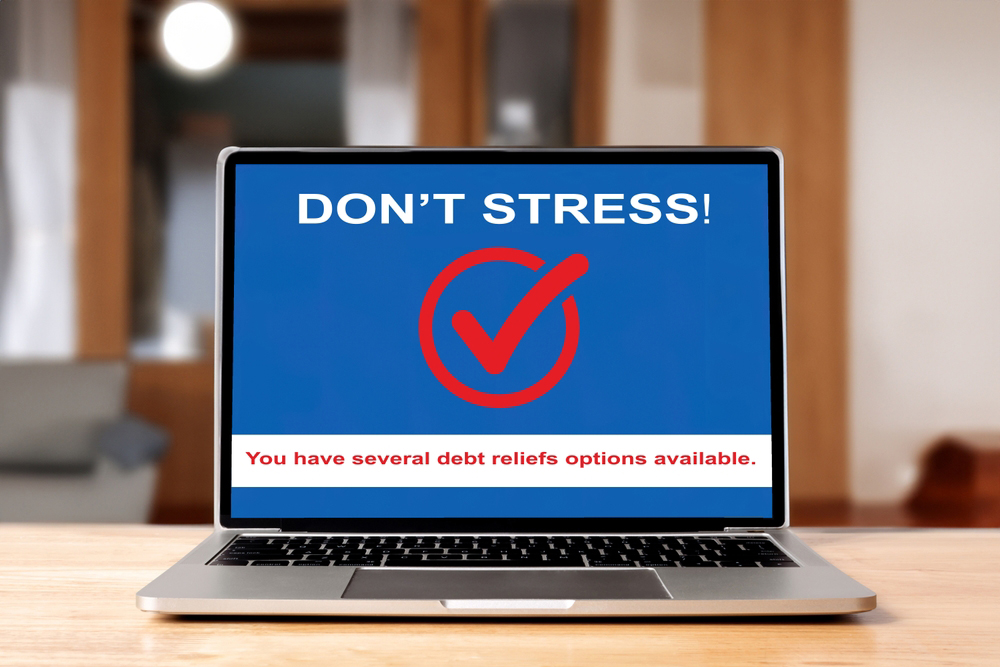
Identifying Reputable Debt Relief Companies
When it comes to selecting a debt relief company, conducting thorough research is paramount to identifying reputable providers. Look for companies accredited by recognized organizations, such as the American Fair Credit Council, which signifies adherence to industry standards. Reading customer reviews and checking for any complaints with the Better Business Bureau can provide valuable insights into a company’s reliability. Transparency regarding fees and services is crucial; legitimate debt relief companies will clearly outline their processes and costs upfront. Be wary of companies that guarantee results or demand upfront payments before rendering services, as these can be red flags indicating potential scams.
Avoiding Debt Relief Scams
Debt relief scams are unfortunately prevalent and often target vulnerable consumers seeking help. Warning signs of these scams include unsolicited offers, promises of quick fixes, and the demand for upfront fees before any services are rendered. Legitimate companies will not pressure you to stop communicating with your creditors or guarantee debt forgiveness. To protect yourself, it is essential to verify the credentials of a debt relief provider and consult trusted advisors or consumer protection agencies before engaging with any service. This diligence can safeguard you from falling victim to scams while pursuing legitimate debt relief options.
Questions to Ask Potential Debt Relief Providers
Before entering into an agreement with a debt relief provider, it is vital to ask specific questions that can help you gauge their legitimacy and suitability for your cash flow needs. Start by inquiring about their accreditation and industry experience, which can indicate their level of professionalism. Additionally, ask about the specific services they offer and the associated fees, including any hidden charges that might arise. Understanding their negotiation process with creditors and the expected timeline for results is also essential. A reputable company should be willing to provide comprehensive answers and documentation, ensuring that you feel confident in your choice of debt relief provider.
Long-term Strategies for Financial Freedom
Creating a Budget to Manage Debt
Creating a budget is a foundational step in the journey towards managing debt and achieving enduring stability. A budget allows individuals to track their income and expenses meticulously, making it easier to identify areas where spending can be minimized. Through effective budgeting, consumers can prioritize debt payments and allocate more funds toward eliminating their card debt. Utilizing budgeting tools or apps can provide visual representations of progress, making the process more engaging and motivating. Regularly reviewing and adjusting the budget in response to income or expense changes is vital to stay on track and move closer to goals.
Building Credit After Debt Relief
Rebuilding credit after engaging in debt relief programs is essential for long-term financial health. Individuals should focus on making timely payments on any remaining debts while avoiding new debt to establish a positive payment history. This habit is crucial for improving credit scores over time. Additionally, consumers might consider obtaining a secured card or a credit-builder loan, which can effectively demonstrate responsible credit use. Monitoring credit reports for inaccuracies and promptly addressing any discrepancies can further facilitate the rebuilding process. Consistent positive behavior will ultimately contribute to a stronger credit profile, opening doors to better financial opportunities.
Maintaining a Debt-Free Lifestyle
Maintaining a debt-free lifestyle necessitates a continuous commitment to solid financial practices. Individuals should prioritize effective budgeting and savings to build a robust emergency fund, enabling them to navigate unforeseen expenses without resorting to credit. It’s crucial to make informed purchasing decisions and avoid unnecessary debt to sustain financial health. Regularly reviewing financial goals and adapting strategies as necessary will help individuals remain focused on their path to prosperity. Moreover, seeking ongoing financial education will empower consumers to make informed choices, reducing the likelihood of falling back into debt and enhancing their overall financial well-being.
Conclusion – Start Your Journey
Are you ready to start your journey toward financial freedom? Your path to wealth and debt elimination is just a decision away. With innovative FinTech solutions like the Money Max Account, you can convert your financial struggles into successes. These powerful tools can help you eliminate all debt fast, typically in just 5 to 7 years, without the need for refinancing or home equity lines of credit (HELOC). Imagine living without the burden of credit card bills and debt collectors demanding payments!
By enrolling in a debt settlement program, you can settle your debt directly with credit card companies and other lenders, allowing you to focus on what matters most. Don’t let credit card debt define your life. Instead, earn while paying off total debt, and watch as your financial situation transforms. Remember, debt isn’t the end; it’s merely a stepping stone to a brighter future. Let this be the moment you take control and make a lasting impact on your credit and overall financial health!
